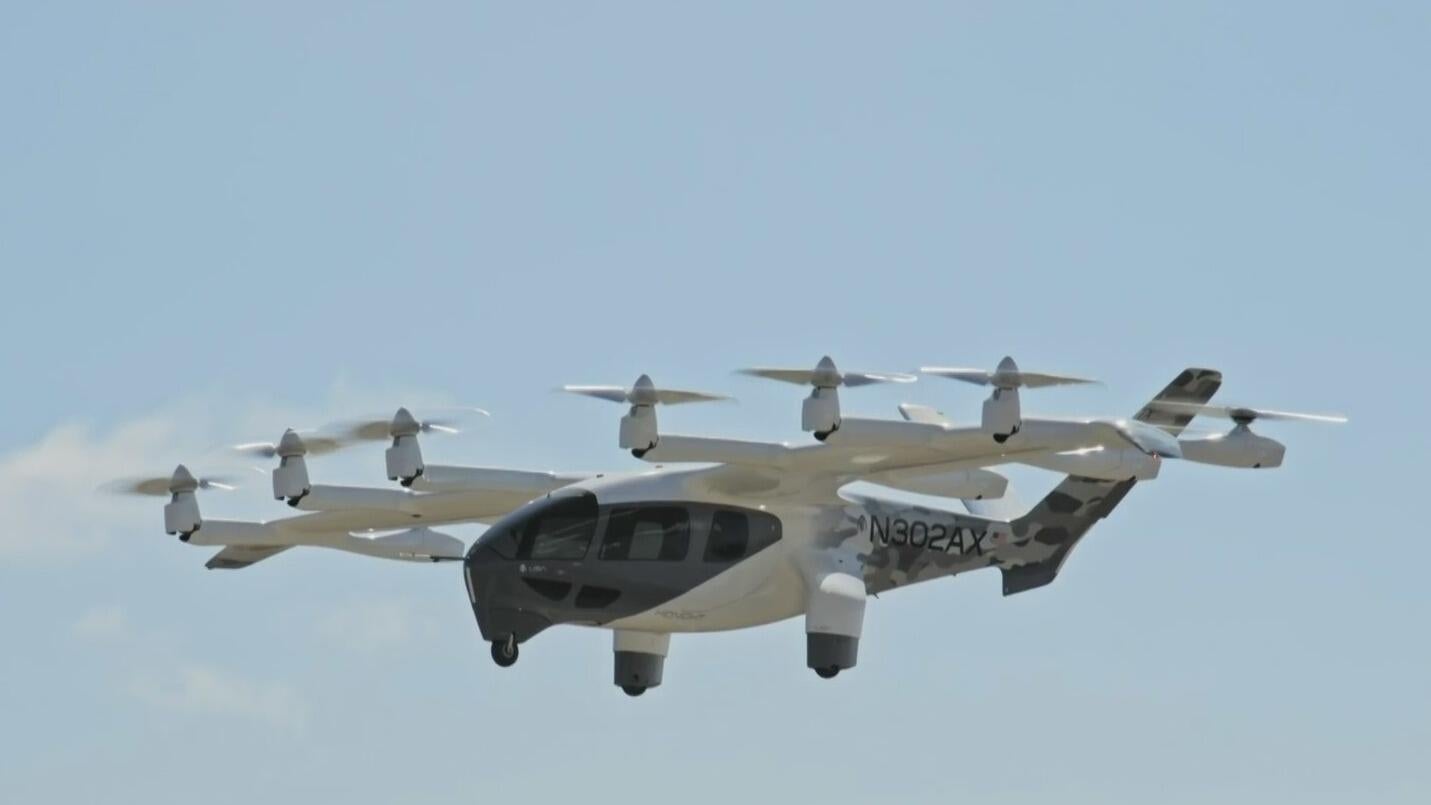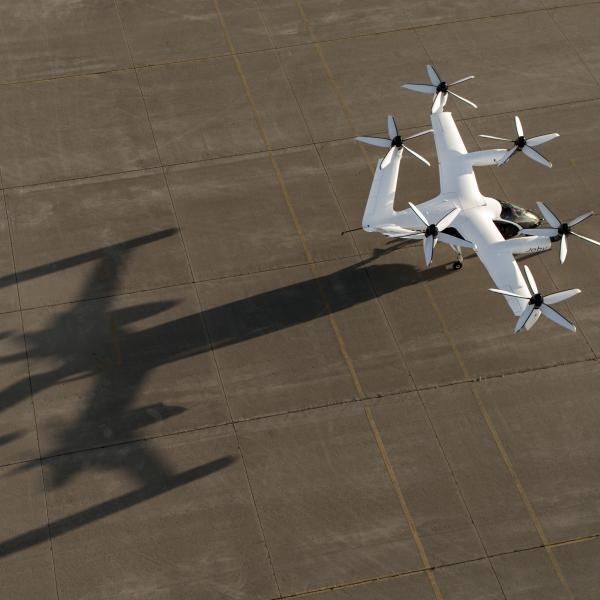Georgia Tech partners with NASA to test electric aircraft that could ease Atlanta traffic
Stuck in traffic on your way to work? Georgia Tech researchers say the answer to gridlock may one day come from the skies.
Inside a brand-new prototyping lab, students are working with NASA to convert airplanes into electric aircraft. The idea is to create a new kind of "air taxi," quiet, battery-powered, and designed to fly over the city much like a helicopter.
"This is an airplane that we are converting into an electric aircraft in a major partnership with NASA," said Brian German, a Georgia Tech aerospace engineering professor. "So you might be able to fly from Midtown Atlanta down to the airport — fly over traffic, similar to a helicopter."
One of the first major projects is RAVEN, short for Research Aircraft for eVTOL Enabling techNologies. It's a joint effort with NASA to design, build, and fly an electric vertical takeoff and landing (eVTOL) research aircraft in the 1,000-pound weight class.
The school says RAVEN will serve as a test platform for electric propulsion reliability, flight controls, noise reduction, and autonomy. Systems integration and testing will take place in Georgia Tech's new lab, underscoring the facility's central role in shaping the national agenda for advanced air mobility.
German said one of the biggest challenges with helicopters has been noise, making it difficult for cities to adopt them for daily travel. The hope is that new, quiet propulsion systems will make these aircraft practical in urban areas.
The long-term vision goes beyond just city commutes. Georgia Tech and NASA say the technology could eventually scale up to replace business jets with zero-emissions alternatives for city-to-city trips.
It's a bold plan with big implications. About 2.5 million people drive through Atlanta every day, and companies like Uber have suggested the cost of an air taxi ride could be on par with an Uber Black.
For now, the research continues. But if Georgia Tech and NASA are successful, your next trip to the airport may not be on I-85; it could be straight through the skies.





